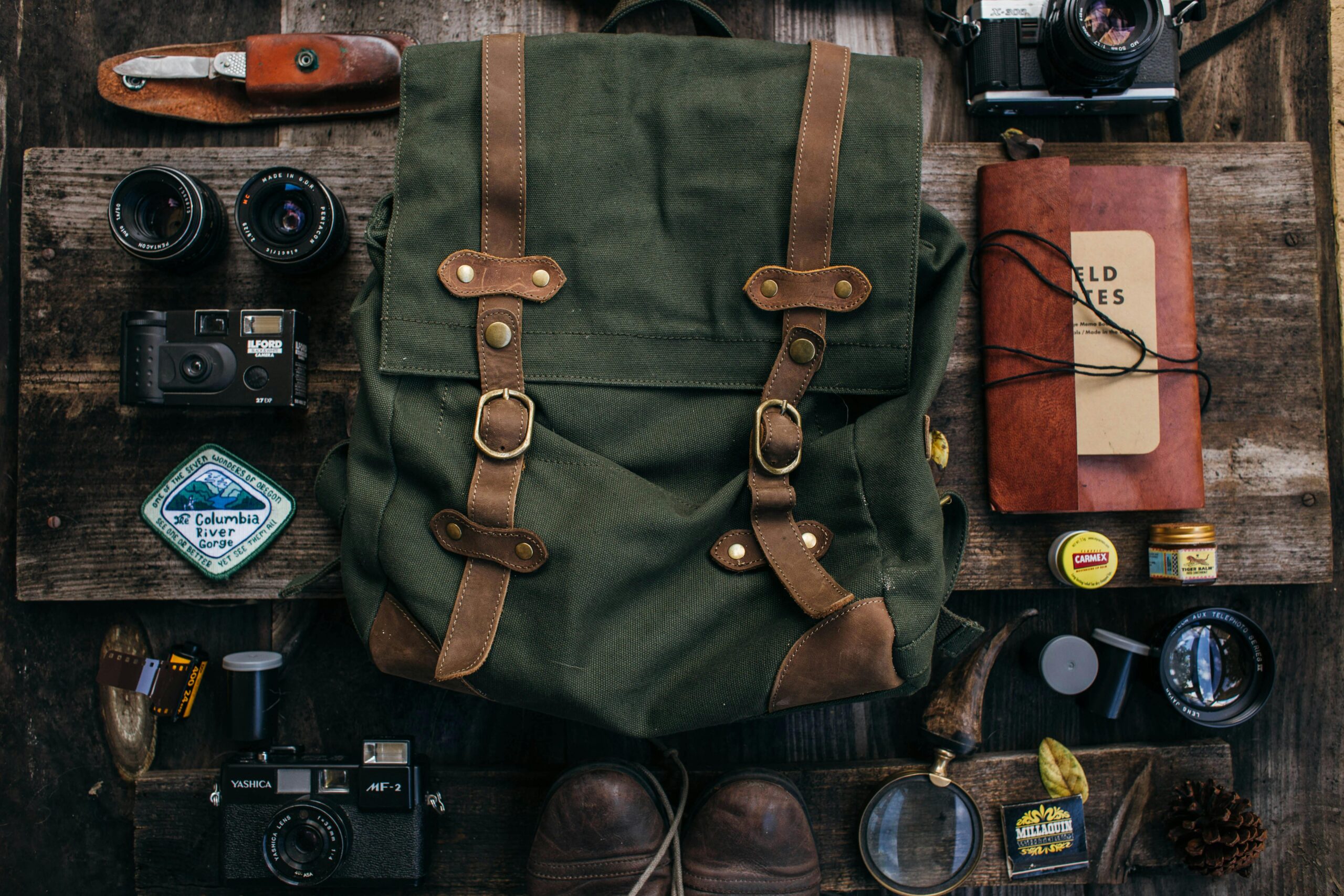Hiking Essentials: The Ultimate Guide to Gear, Safety, and Comfort
Introduction: Why Hiking Essentials Matter
Hiking is more than just a walk in nature—it’s an adventure that reconnects us with the outdoors, boosts mental health, and challenges the body. But whether you’re trekking through local woodlands or climbing rugged mountain trails, being prepared with the right hiking essentials can mean the difference between a joyful journey and an uncomfortable (or even unsafe) experience.
This comprehensive guide breaks down the must-have gear, safety tools, and comfort items every hiker should carry in their backpack.
1. The Core 10 Hiking Essentials
Every experienced hiker follows the “Ten Essentials” rule, a globally recognized checklist for safe outdoor adventures:
🧭 1. Navigation Tools
Map, compass, or GPS device
Offline trail apps (AllTrails, Gaia GPS)
Always download maps before hitting the trail
🔦 2. Illumination
Headlamp with extra batteries
Compact flashlight as backup
🧊 3. Insulation
Lightweight jacket (weather-proof)
Extra socks and a hat
Layered clothing to adjust with changing weather
🥪 4. Nutrition
Energy bars, trail mix, dried fruits
Pack extra food in case of delays
💧 5. Hydration
Reusable water bottles or hydration bladder
Water purification tablets or portable filter
🔥 6. Fire Source
Waterproof matches, lighter, or fire starter
Essential for emergencies and warmth
🛡 7. Emergency Shelter
Lightweight tent, bivvy sack, or emergency blanket
Protects against unexpected weather shifts
🧰 8. Repair Kit & Tools
Multi-tool or Swiss Army knife
Duct tape for temporary fixes
Tent pole repair sleeve (if camping)
🩹 9. First Aid Kit
Bandages, antiseptic wipes, pain relievers
Personal medications
Snake bite or allergy kit (depending on region)
🕶 10. Sun Protection
Sunglasses, sunscreen, lip balm
Wide-brimmed hat
2. Footwear: The Foundation of Every Hike
Your shoes will decide whether your hike is a dream or a nightmare.
Trail Runners: Light, flexible, great for short hikes.
Hiking Boots: Sturdy, ankle support, ideal for rocky terrains.
Socks: Wool or synthetic—never cotton, as it traps moisture.
👉 Pro Tip: Break in new shoes before long hikes to avoid blisters.
3. Backpack Essentials: Pack Smart, Pack Light
The ideal backpack depends on your hike’s length:
Day Hike: 20–30L pack
Overnight Hike: 40–60L pack
Multi-Day Trek: 60L+ pack
Packing Tips:
Heavy items close to your back for balance
Use dry bags for electronics and clothes
Quick-access pockets for snacks and maps
4. Tech & Gadgets for Modern Hikers
Today’s hikers combine traditional essentials with modern gadgets:
Smartwatch: Tracks heart rate, altitude, GPS location
Portable Charger/Solar Bank: Keeps phone powered
Satellite Messenger (Garmin InReach, SPOT): For areas without cell service
5. Safety First: Avoiding Common Hiking Mistakes
Even seasoned hikers face risks—most accidents are preventable with awareness.
Check weather forecasts before you go
Tell someone your trail & return time
Stay on marked trails (reduces chances of getting lost)
Know your limits—don’t push beyond physical capacity
6. Comfort Add-Ons That Make a Difference
While not mandatory, these extras improve your overall experience:
Trekking poles (reduce knee strain)
Quick-dry towel
Lightweight hammock
Insect repellent
Camera or GoPro for capturing memories
7. Trending Hiking Essentials in 2025
Outdoor trends are shaping how hikers prepare:
Eco-Friendly Gear: Biodegradable wipes, reusable packaging, bamboo utensils
Ultralight Packs: Popular among long-distance hikers
Wearable Tech: Smart rings for tracking hydration & oxygen levels
Sustainable Clothing: Organic fabrics & recycled polyester
Conclusion: Be Adventure-Ready
Hiking isn’t about carrying everything—it’s about carrying the right essentials. With this ultimate checklist, you can explore nature with confidence, knowing you’re prepared for both adventure and the unexpected.
So next time you hit the trail, remember: pack smart, stay safe, and enjoy the journey!














Post Comment